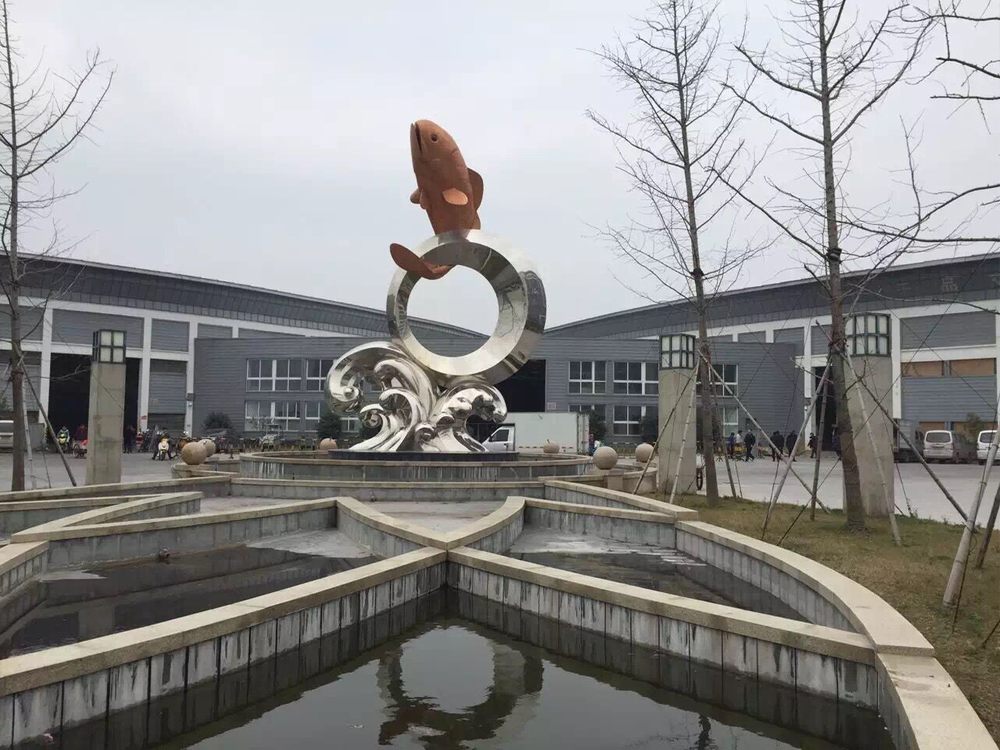
Bronze sculptures have long been celebrated in traditional art for their timeless beauty and craftsmanship. However, the Digital Art movement has introduced a revolutionary approach to this ancient medium. Unlike traditional bronze works, which rely on physical molds, casting, and manual finishing, digital bronze sculptures are created using 3D modeling software and advanced fabrication techniques like 3D printing or CNC milling.
One key difference lies in the creative process. Traditional sculptors work with clay or wax before casting, while digital artists manipulate virtual models, allowing for limitless experimentation with forms and textures. Digital tools also enable hyper-detailed designs that would be impractical or impossible by hand.
Another distinction is accessibility. Digital bronze art democratizes sculpture-making, as artists no longer need foundries or extensive physical workspace. However, some argue that the tactile essence of traditional bronze—its weight, patina, and hand-chiseled imperfections—is lost in digital translations.
Ultimately, both forms celebrate bronze’s legacy but diverge in philosophy: traditional works honor materiality and manual skill, while digital pieces embrace innovation and scalability, reshaping how we perceive this enduring medium.

